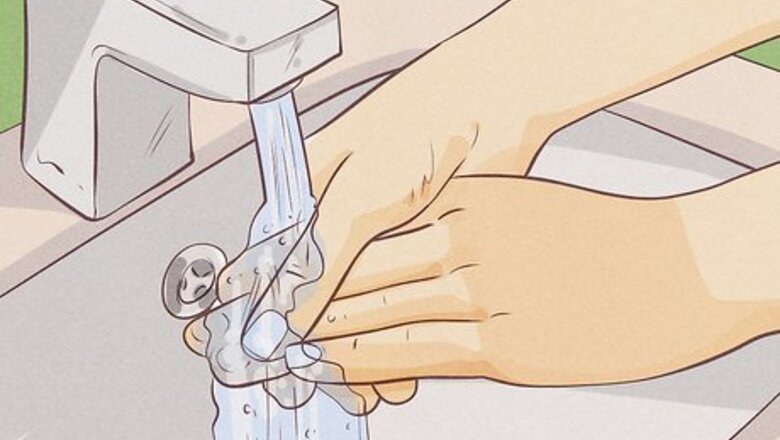
views
Removing Your Nose Jewelry
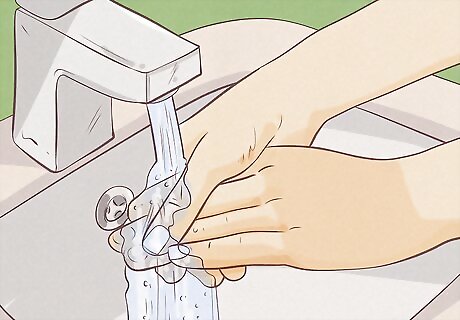
Wash your hands thoroughly before touching your nose jewelry. Use soap and water, wash for at least 20 seconds, rinse thoroughly, and dry your hands with a clean towel. This greatly reduces your chance of causing an infection in the area of the piercing. Washing with soap and water is definitely the best option, but using hand sanitizer is acceptable. Use enough sanitizer to cover both your hands with a thin coat, and keep rubbing until the sanitizer is no longer wet on your hands. Follow this cleaning routine any time you remove or adjust any piercing jewelry.
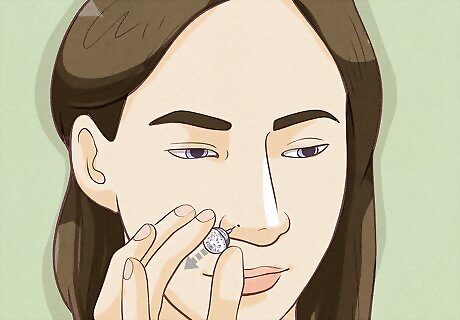
Take out the piece of jewelry carefully. Different types of piercing jewelry need to be removed in different ways. Some pieces of nose jewelry have backers that need to be pulled off or unscrewed, while others can just be pulled straight out. Whenever possible, follow the removal procedures you got when the piercing specialist put in the jewelry. Nose piercing jewelry is often harder to remove than earrings, mostly because it’s often more difficult to get your fingers in the right position. Work slowly and patiently.
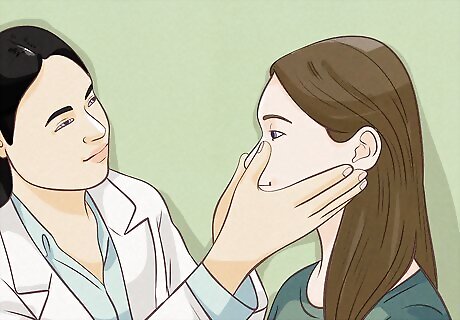
Stop and contact a professional if you feel resistance during removal. It’s not uncommon for nose piercing jewelry to get stuck in place by the healed skin around it. If this is the case, don’t try to get the jewelry out by pulling forcefully. Instead, contact a piercing specialist—ideally, the person who did your nose piercing—or your doctor and have them remove the jewelry. Using brute force to remove a stuck piece of nose jewelry may damage the piercing hole and make it bigger. A larger hole may take longer to close up or never fully close. Ripping out stuck jewelry also increases your likelihood of infection.
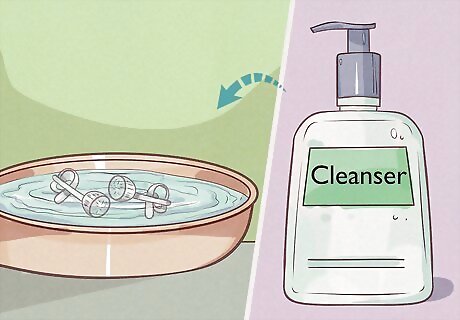
Wash the piercing gently with a mild cleanser. Use clean water and a fragrance-free facial cleanser without harsh chemicals or exfoliants. Rub both sides of the piercing with either your finger or a cotton swab, using a gentle, circular motion. Rinse the piercing with clean water, then gently pat it with a clean towel. If there’s some minor bleeding when you remove the jewelry, use cotton swabs to stop it, then gently clean the area. Do not try to force the cleanser into the piercing hole. Just focus on gently rubbing it over the surface of the piercing on both sides.
Helping the Piercing to Close
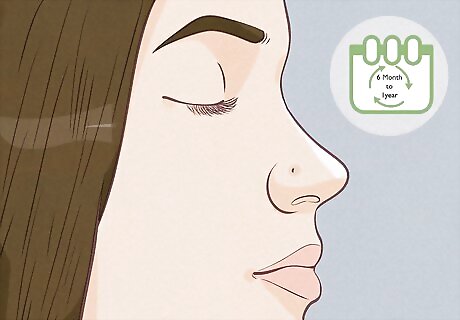
Allow anywhere from hours to years for the hole to close up. Unfortunately, there’s no way to accurately predict how long it will take for a nose piercing to close. In general terms, the newer the piercing, the faster it will close up. In fact, if you got a brand new nose piercing and didn’t put a piece of jewelry in right away, it could close up in as fast as 10 minutes! It usually takes 6 months to 1 year for a new nose piercing to fully heal around the jewelry. If you choose to get rid of the jewelry during this time period, it will likely take from several hours to several days for the hole to close up. If you choose to permanently remove your nose jewelry after the piercing has fully healed around it, it can take anywhere from several days to a year or more for the hole to close up. In some cases, the hole simply won’t close up, no matter how long you give it.
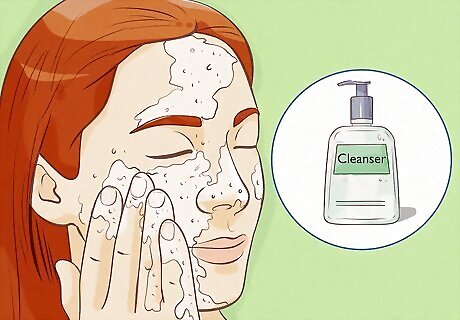
Wash the area daily with a gentle skin cleanser. Once or twice per day, follow the same cleansing procedure that you did right after removing the jewelry. Use your finger or a cotton swab, don’t try to force the cleanser into the hole, and be sure to gently cleanse both sides of the piercing. Keep up this routine for at least a week after removing the jewelry; after that, keep it up for as long as it takes for the piercing hole to close completely. Ask your dermatologist, primary care doctor, and/or piercing specialist for cleanser recommendations.
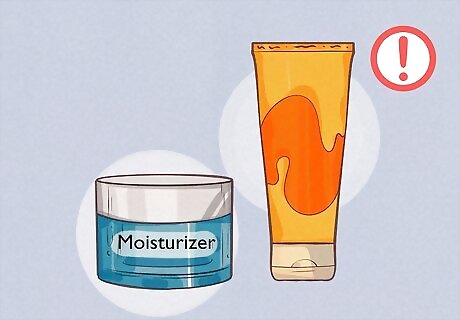
Avoid using moisturizer, makeup, or similar products on the piercing. The hole will close up faster if you keep gunk from building up inside it. As much as possible, keep everything except clean water and your gentle face cleanser away from the piercing while it heals. When applying sunscreen to your nose, use a cotton swab to apply it right around the piercing hole. Keeping gunk out of the piercing hole is most important during the first days to weeks after removing the jewelry, but it’s best to keep it up for as long as the hole remains open.
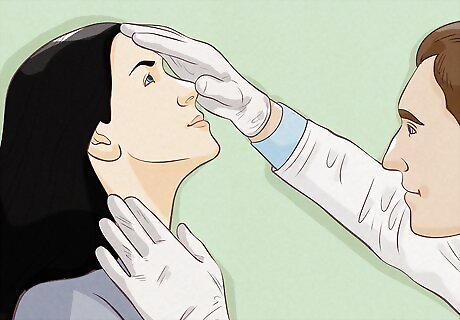
Contact your doctor if you notice signs of a possible infection. While it’s unlikely that you’ll develop an infection in the area while the piercing closes, it is possible. If you do see signs of infection, don’t ignore them—call your doctor. Prompt treatment is the best way to avoid a more serious problem. Common signs of infection include redness, swelling, oozing, pain, and fever. Your doctor may prescribe a topical antibiotic or other treatments, depending on the nature of the infection.
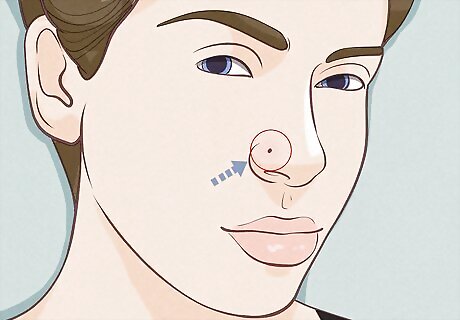
Don’t stick things into the piercing to confirm that it has closed. If the hole appears to be fully closed when you look at it closely with a mirror, then assume that it is closed. Resist the temptation to test it! Sticking the tip of a piece of jewelry or a pin into the remnant of the piercing can cause an infection or damage the fragile tissue that has just closed off the hole. Have your doctor or piercing specialist take a look if you want confirmation that the hole has closed.
Reducing Scarring
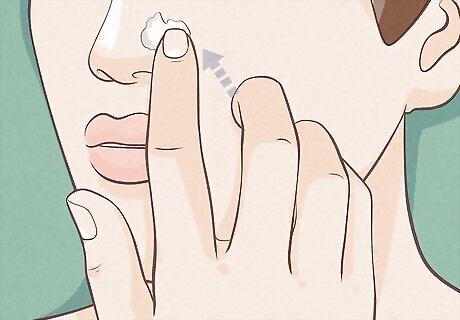
Apply an anti-scar product daily, after the piercing has closed. There are a range of anti-scar creams, gels, and ointments on the market, so get recommendations from your piercing specialist, primary care doctor, and/or dermatologist. Apply the product as directed for as long as advised. Be patient, because it may take weeks, months, or even years to see complete results. Do not use an anti-scar product while the piercing hole is still closing, unless specifically advised to do so by your doctor.
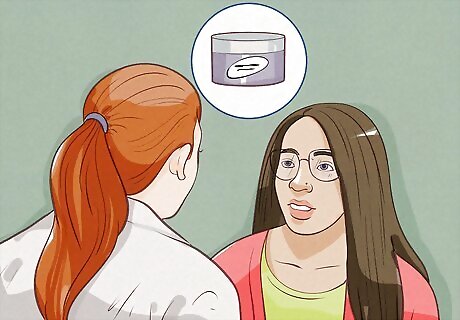
Work with your doctor to manage scarring that won’t fade away. If you don’t see results after 3-6 months of using an anti-scar product, discuss your options with your doctor. They may recommend that you give the product more time, that you switch to a different product, or that you consider other alternatives. In some cases, a surgical or non-surgical scar removal procedure may be a reasonable option. In this case, have a licensed, experienced, well-regarded medical expert do the procedure. No matter what measures you take, some piercing holes may never fully close, and some piercing scars may never completely fade away. Hopefully, this message was made clear to you by your piercing specialist before you got your nose piercing.
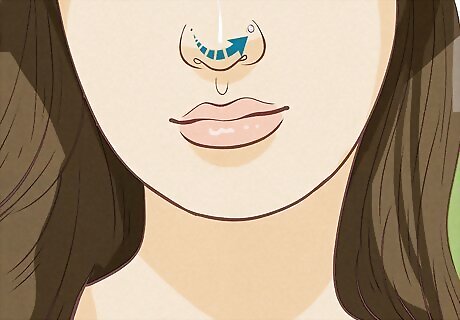
Don’t pierce the exact same spot in the future. It’s okay to change your mind (again) and decide you want your nose pierced (again), but don’t try to re-pierce the old hole! The scar tissue inside the piercing hole is weaker and more susceptible to infection than the surrounding skin, so it’s always better to get a new piercing in a different spot. Consult with a piercing professional to figure out how close to your old nose piercing you can get a new nose piercing. In most cases, you can get a new piercing in nearly—just not precisely—the same spot.










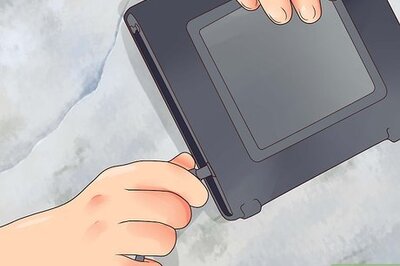


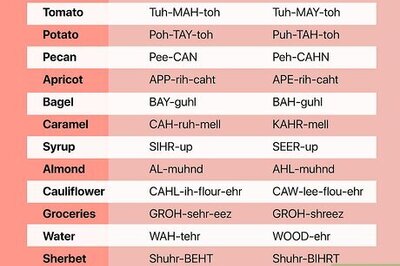

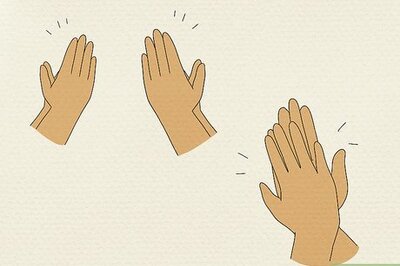

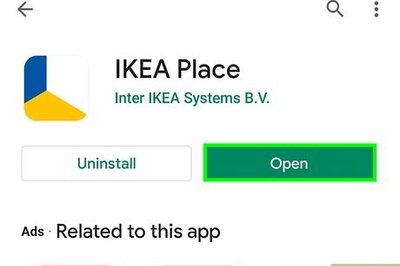
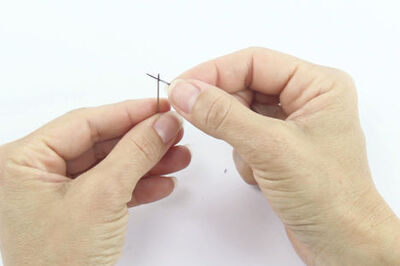
Comments
0 comment